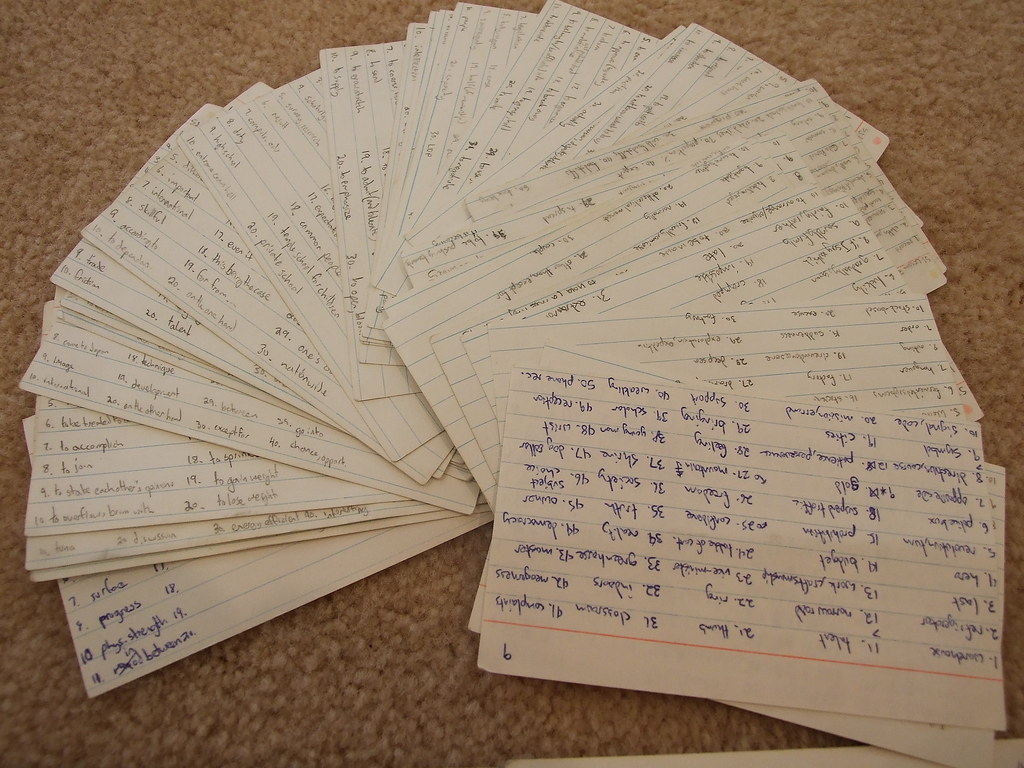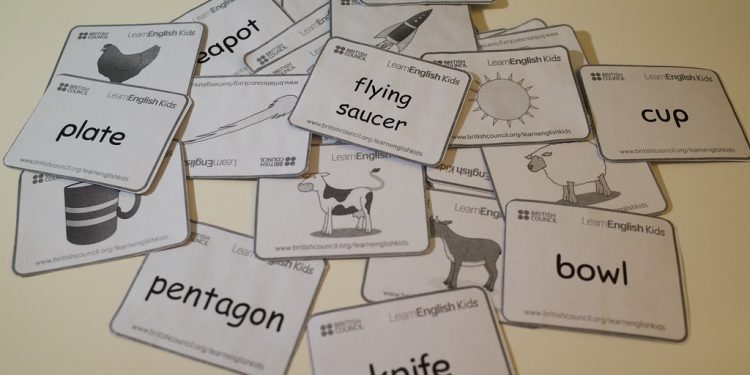Ladies and gentlemen, scholars and students, imagine for a moment having a superpower that gives you the ability to absorb, comprehend, remember, and summon information precisely when you need it, especially during those nerve-wracking examinations. When all those collected snowy piles of data are demanding to be navigated, there is a trusty study-tool teleporting from the good old ’70s – the mighty and modest Flashcard! Simple as they may seem, they hide the power to transform revision into an engaging, productive, and yes, even fun activity! Permit us to ignite your journey through the labyrinth of learning, as we delve into the art of using flashcards for effective revision. Buckle up and get ready to fuel your brain engines as we fly through the enchanting world of tiny paper superheroes!
Single words, phrases or snippets of information on a piece of cardboard may seem simple, but their effectiveness in aiding revision are profound. The use of flashcards has long been a staple in learning, largely due to their ability to flexibly and fluidly encapsulate different chunks of knowledge. However, to truly soak in the benefits of this tool, flashcards should be designed and used with methodical intent in mind.
Effective flashcard-based revision begins with the creation process. The main idea is to capitalise on your visual memory. Create impactful flashcards by employing colorful markers or pens and using different colors for different types of information. This helps to stimulate visual cues, thus facilitating faster recall. You could also try including diagrams or sketches, if appropriate. The key is to stick with simplicity and readability, keeping them uncluttered:
- Using short sentences or phrases
- Employing bullet points
- Using bold or underline for key words
The idea of using flashcards transcends beyond rote learning. Each card should represent a chunk of information that, when reviewed individually and in various orders, helps form a more flexible and durable understanding of the subject matter. Adopting innovative flashcard techniques such as the Leitner System, where cards are sorted into groups based on how well you know each one, can also help make your revision more effective.
Regular review of these flashcards is essential for harnessing progress in your revision. Make it a practice to shuffle them and review at random times. This interrupts the conventional pattern of sequence learning and enhances recall ability. Most importantly, embrace the technique of ‘active recall’- stating the answer out loud before flipping the card. This proves exceptionally fruitful in reinforcing memory.
Using flashcards is a practical, convenient, and highly effective revision strategy that allows you to track your progress and focus on areas that need more attention. So why not give it a go? After all, unleashing the power of flashcards could be the key to unlocking your full learning potential.
As we fold away the knowledge imprinted on the colorful canapé of these humble flashcards, let’s pause and salute the charming simplicity and ageless efficacy of this study tool. In the infinite expanse of the educational cosmos, flashcards, these modest cardstock constellations, become guiding stars for our inner ceaseless learners, navigating the complexities of information echoes.
Remember, every flip, every deliberate repetition, every vividly color-coded detail is a silent herald of your progress. They whisper echoes of an acquired concept, a memory fortified, a subject conquered.
Thus, we conclude this journey through the art of effective revision with flashcards. May your memory become a well-trod path of keen comprehensions, your flashcards a lantern in the labyrinth of knowledge, illuminating the nooks and niches of understanding. Gently fostering the wisdom seeds of curiosity and learning. Now, go forth, and let your scholarly sails be filled with the winds of learning, escorted by the humble captains – The Flashcards.





